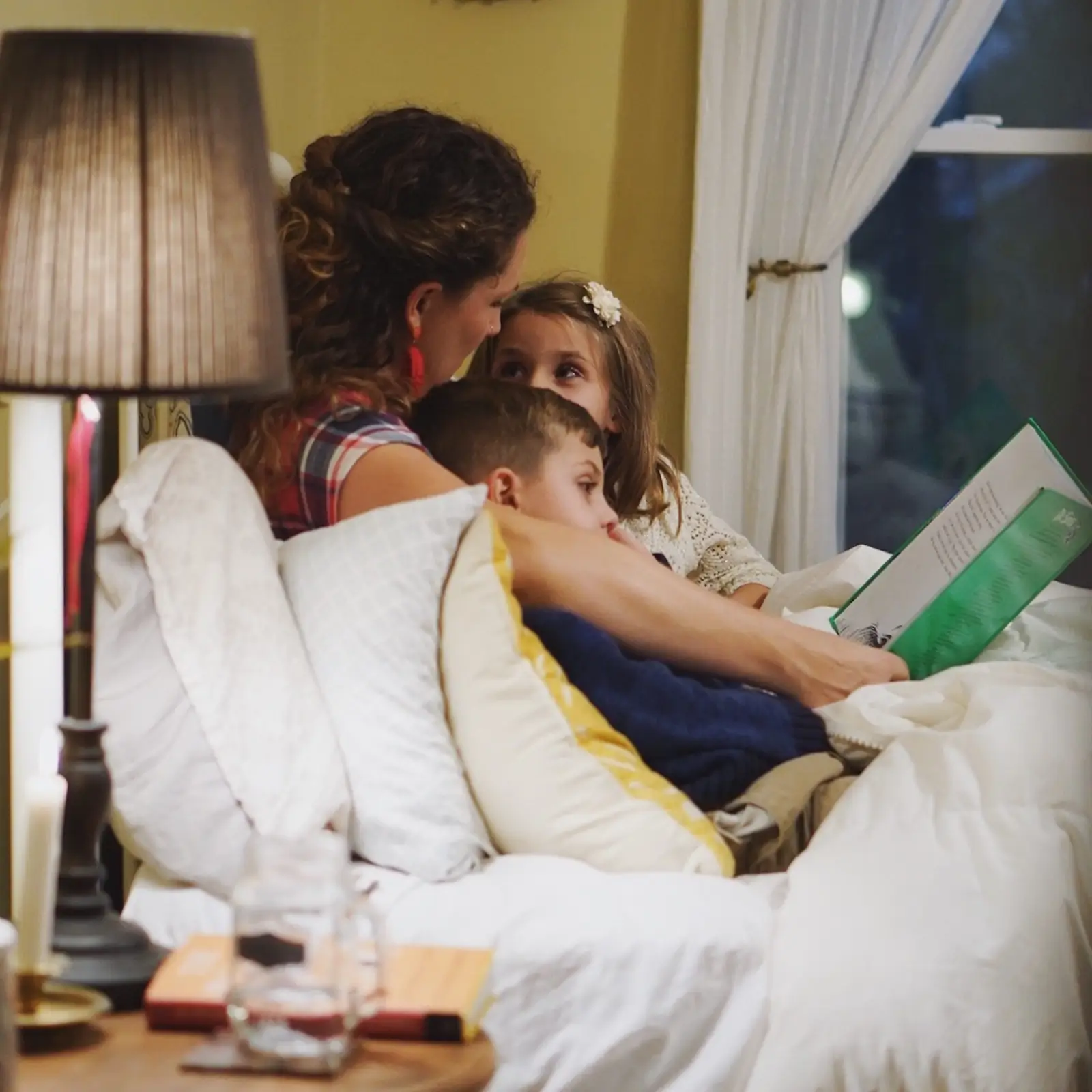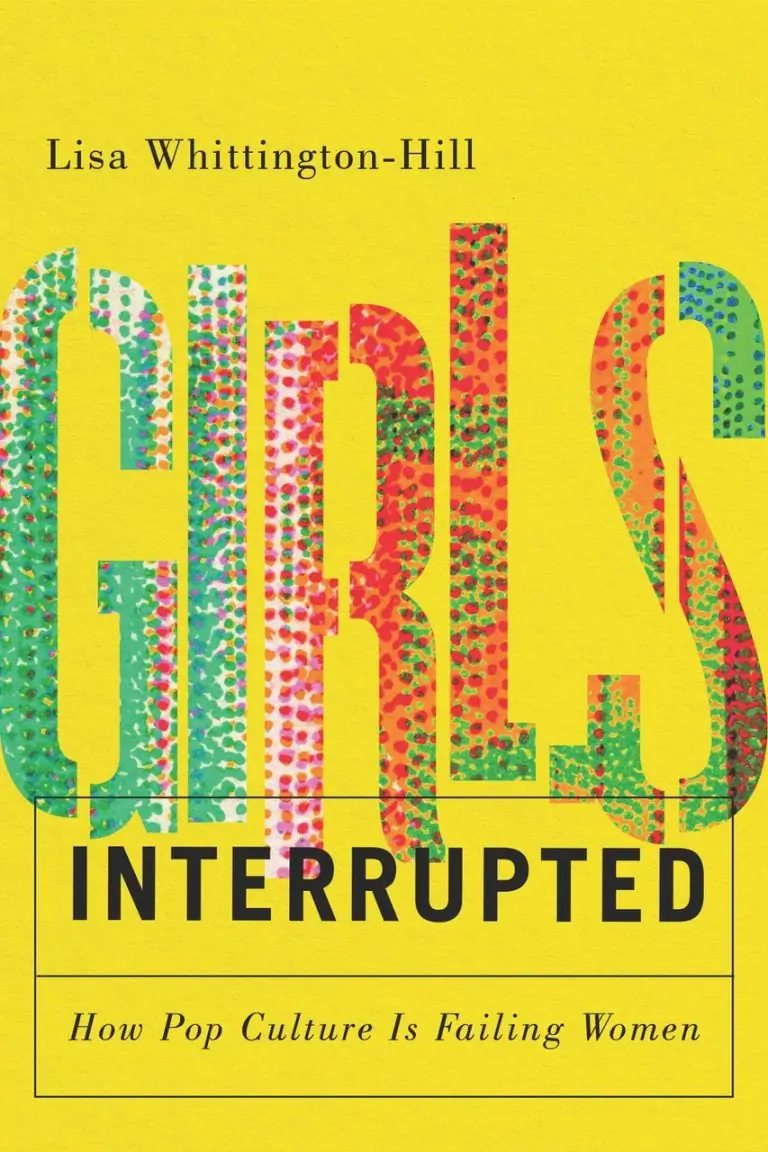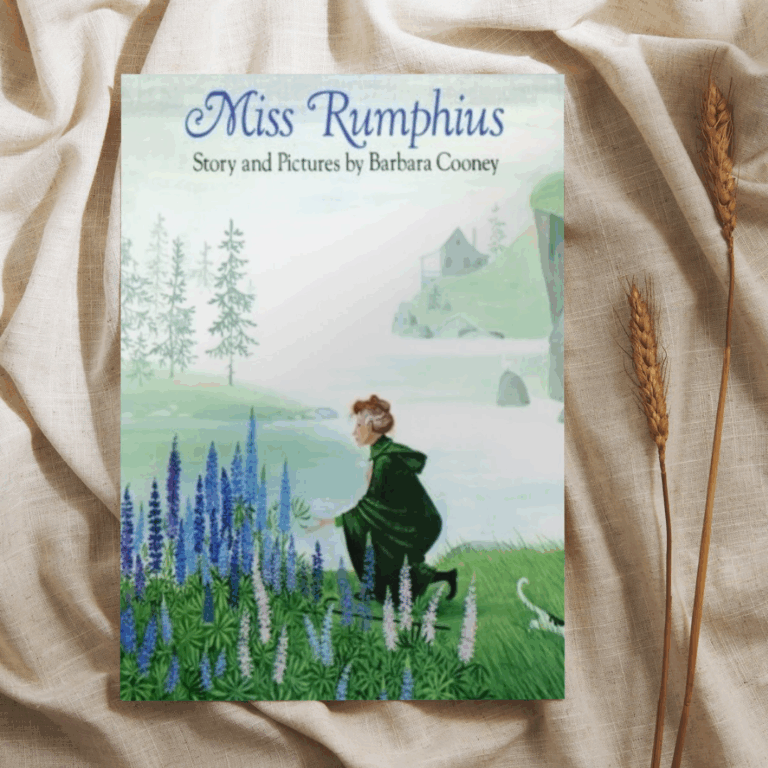5 tips to encourage your children to read
Books24.10.2023

Looking at her computer, our family doctor asks, “Do you read together?”
She turns toward us, then smiles.
“Never mind, I see you have a book with you right now.”
We were in her office for Big G’s four-year check up. She asked us a lot about G’s development, but I was surprised by the first question.
It turns out, promoting reading to your child is part of the Canadian Paediatric Society’s position statement on literacy.
The association says low literacy in Canada is a paediatric problem at its root and suggests physicians promote reading to babies and children in their practice. One Ottawa pediatrician even sends parents home with books (she wrote a great blog explaining why).
Do we read together? Every day!
I grew up reading and still love a good book. I remember a time when my mom would take us to a bookstore to pick out a new novel instead of giving us an allowance.
School book sales were so exciting, as were trips to the library to check out new books from the Baby-Sitters Club or Sweet Valley High series. (Am I dating myself?)
I really wanted to share that love with my children, so books became a big part of our day at a very early age.
Here are some ways we have found to encourage our children to read and make it fun for everyone.

Buy books you will enjoy.
Before the baby comes, or as you are looking to build your collection, go to a library or store and read the books before buying them to make sure you will enjoy reading them again and again … and again … and again … and again. I really think this is important. I ordered some books online based on word from friends or reviews I read online but ended up with a lot of books that just sat on the shelf.
If I had to choose between Goodnight Moon or Runaway Bunny (two classics, I know!) I would probably skip reading time altogether. Plus, there is a difference in the way my husband and I read a book we really enjoy compared to one we don’t.
When my husband reads Goodnight Already! he has fun making funny voices and sound effects and my daughter loves it.
As your child gets older you’ll want to feed their interests, but get books you enjoy while you can.
Make reading part of your bedtime routine from the start and don’t stop just because they can read on their own.
It might feel silly reading to a little baby, but there are many reasons to make this part of your routine from a very early age. When my children were infants, I read the same one or two books each night so those became a signal it was time to sleep.
Reading together is also a great way to bond with your children and help everyone calm down after a hectic day.

Elizabeth Thornley, a children’s librarian with the Ottawa Public Library for more than 25 years, suggests parents continue this nightly ritual long after children can read on their own. “Partly to keep reinforcing it,” she says. But she also points out that a child’s interest level can grow faster than their ability levels. “They do want to hear stories they aren’t able to read. You can read harder books than they can read themselves, and that will encourage them to keep reading.”
I’m happy to hear she suggests reading with your children until they’re teenagers (if they’ll let you). I still read to my 10-year-old every night. It’s one of my favourite parts of the day. (The Percy Jackson series is really great if you are wondering what’s on our shelf)
Make books physically accessible.
We keep books on every level of the house and bring them with us wherever we go if we are going to be waiting for a while or staying overnight. At first, I was the one pulling out books, but I always showed Big G where they were kept.
But as soon as my kids were moving, I would find them pulling out the bin to either bring a book for me to read or just to flip through on their own. I used to find my daughter with a bed full of books after her nap. I loved it.
Thornley says if you do this, books will become just another choice as kids look to entertain themselves. “It’s almost like the toys in your house – it’s something that’s right there.” But she points out that having durable board or cloth books are key for the first few years because little kids can be rough.
Set a good example.
What better way to encourage your kids to read than letting them see you read around the house? I brought a book on a family vacation when my daughter was three and literally couldn’t put it down for three days.
When Big G woke up in the morning, I was in the kitchen reading, and after nap it was the same thing. I even carried it with me to the car in case I had a chance to do a bit of reading on our daily drives. Big G was obviously intrigued because when we got home, she carried my novel around (even though she couldn’t read it) and would sit alone flipping through the pages.
Thornley says modelling behaviour is a great way to encourage kids to learn. Another tip she offers: because reading and writing go together, have kids help you write a grocery list or to-do list to demonstrate how the two work together. She also suggests you point out words everywhere you go: “Look, that sign says S-T-O-P stop.” “L-I-N-D-T. That store is called Lindt. Let’s go in.”
For older children, start giving them an option to read (write or draw) for half an hour at bedtime if they want to stay up later.
My parents did this, and I think it was actually a trick. At 7:00, they’d say, “OK, it’s time to go to bed, or you can stay up and read for half an hour.” We always chose to stay up and read!! But we were still asleep by 7:30.
My parents also let us write or draw if we wanted to. It started making reading before bed part of our routine as older kids, which is something that carried on into adulthood.
“It’s really nice if they see it as the beginning of a life-long activity; it’s reading for pleasure,” says Thornley. And it will set them up for success in school later on. It also ensures kids get half an hour without screen time before bed, which will help them fall asleep faster and ensure a better quality of sleep.

There are many great resources around you to help encourage reading.
Here are some in the Ottawa area:
Ottawa Public Library: The library has a number of programs for families with infants to teens. We walk to the library every two weeks to check out new books. G loves that there is no limit to what she can pick. They also have so much more than books; graphic novels, CDs, movies, games and even museum passes. The librarians are such great resources themselves.
When G became interested in novels (and a Tinkerbell graphic novel we had found there) I asked our librarian what else might be good for her and she seemed to know every book on the shelf. They also offer Ready to Read Backpacks which are filled with six books for kids under six so you can just grab and go if you’re in a hurry (I have seen them but haven’t tried them out. I love the element of surprise!).

Parenting and Family Literacy Centres: With support from the province, 13 schools in Ottawa offer this fun, play-based program for kids aged birth to six years old (there are 78 in Toronto!). We have one in the primary school around the corner and it’s fantastic. It’s a free drop-in playgroup in a room that looks a lot like a kindergarten classroom. The kids have some time to play or do a craft before snack time (free).
Eventually the facilitator brings the kids to the carpet for circle time, where they are read a book and sing songs. My daughter loves it. The people running the program are able to answer parents’ questions and flag any possible concerns they might see as kids get closer to starting school. If you are a stay-at-home parent, it’s also a great way to meet people in your neighbourhood and have your child play with others.
TD Summer Reading Club: This is actually run through the libraries, but I wanted to point out how much fun it is. When you sign up you receive a booklet and some stickers. Every time you fill a page with five new books you have read you can put a sticker on the page. Our library said we could bring the book in to be entered for prizes but that didn’t actually happen and it didn’t matter. Those silly stickers were motivation enough. Every night as we picked books to read we would make a point of picking ones we hadn’t written in our booklet yet.
We went to the library more often to keep filling pages. I swear we read 70+ different books in a month! Thornley says programs like this are designed to prevent what they call the “summer slide” – kids who don’t read or aren’t read to over the summer come back to school in the fall behind their peers who have been reading. Plus, she says, any time you can inject fun into the reading experience you have a better chance at engaging kids. “If they start to associate reading with school and it being a struggle, they can be put off. The joy of summer is that they can read whatever they want. It reinforces reading for pleasure.”
Read, speak, sing to your baby: how parents can promote literacy from birth.











